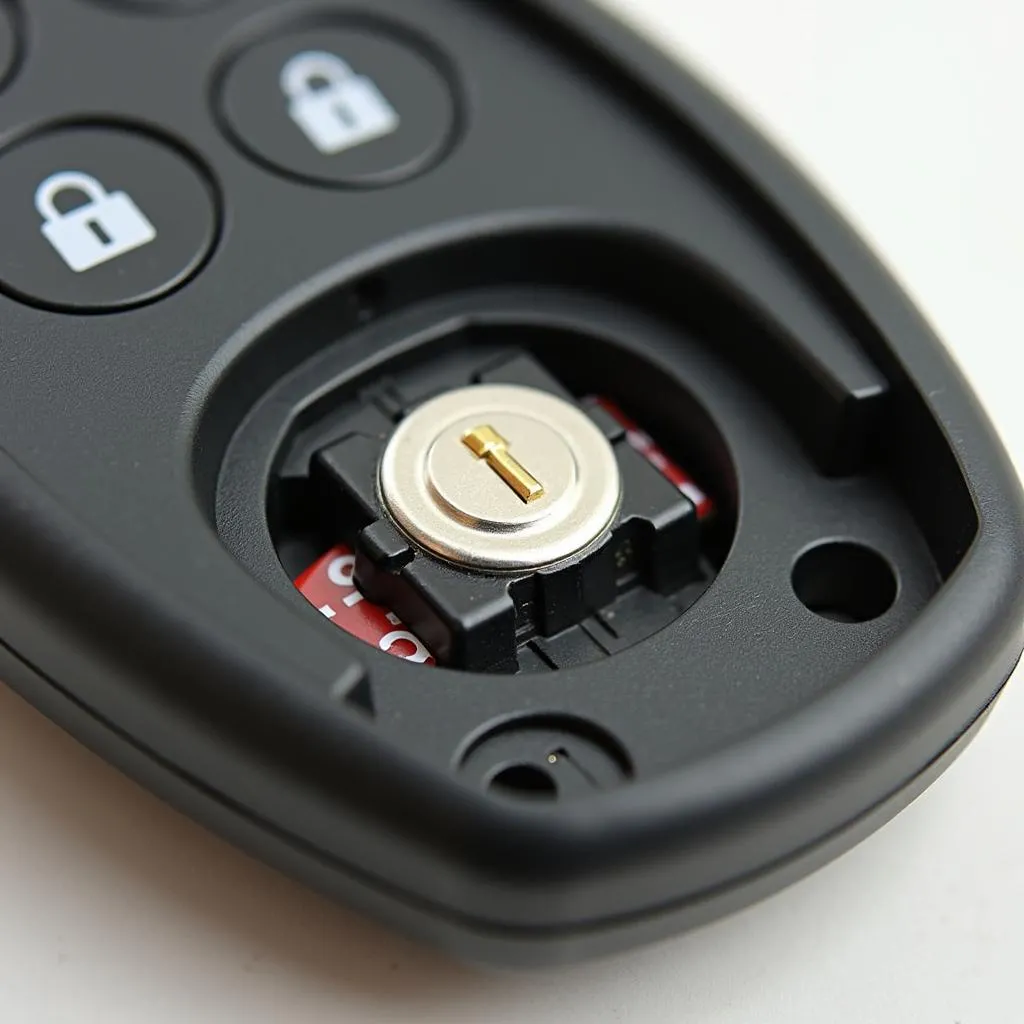A flashing car alarm light or a car that refuses to start can be incredibly frustrating. Often, these problems stem from a triggered anti-theft system. This comprehensive guide will delve into the common reasons why your car’s anti-theft system might be activated and provide step-by-step instructions on how to diagnose and potentially fix the issue.
Understanding Your Car’s Anti-Theft System
Modern vehicles are equipped with sophisticated anti-theft systems designed to deter theft. These systems utilize various sensors and components to monitor for unauthorized access or unusual activity. When the system detects a potential threat, it activates various security measures, including:
- Disabling the Ignition: This prevents the engine from starting.
- Sounding the Alarm: A loud, attention-grabbing siren is activated.
- Flashing Lights: The car’s headlights and/or hazard lights might flash to signal the alarm.
Common Reasons Why Your Anti-Theft System is On
Here are some of the most common culprits behind an activated anti-theft system:
1. Weak or Dead Car Battery
A weak or dead car battery is among the leading causes of anti-theft system malfunctions. The system relies on a stable power supply to function correctly. A low battery voltage can disrupt these systems, leading to false alarms or a complete system shutdown.
2. Faulty Key Fob Battery
Most modern vehicles use keyless entry systems or key fobs to lock and unlock the car and disarm the anti-theft system. A dying or dead battery in your key fob can interfere with the signal transmission, causing your car to misinterpret it as an attempt at unauthorized access.
 Car key fob with exposed battery
Car key fob with exposed battery
3. Malfunctioning Door Lock Sensor
Your car’s anti-theft system relies on door lock sensors to detect if a door is open or closed correctly. A faulty door lock sensor might send incorrect signals to the system, indicating that a door is ajar even when it’s securely shut.
4. Triggered Alarm System
Sometimes, the anti-theft system activates for legitimate reasons. If someone accidentally bumped your car, setting off the alarm, or if you inadvertently triggered the panic button on your key fob, the system is doing its job.
5. Faulty Wiring or Electrical Components
Over time, wiring harnesses and electrical connections can become corroded, loose, or damaged, leading to communication errors between the anti-theft system and other vehicle components. These issues can cause the system to misinterpret signals, resulting in false alarms.
Diagnosing the Problem
Identifying the root cause of the anti-theft system activation is crucial for an effective solution. Here’s what you can do:
- Check Your Car Battery: Begin by inspecting your car battery terminals for any signs of corrosion. If your battery is old or you suspect it’s weak, consider having it tested or replaced.
- Inspect and Test Your Key Fob Battery: If you suspect your key fob battery is the issue, replace it with a fresh one. Try starting your car again to see if that resolves the problem.
- Listen for Unusual Noises: Pay attention to any strange clicking sounds coming from your car doors when locking or unlocking them. This could indicate a faulty door lock sensor.
 Close-up of a car door lock mechanism
Close-up of a car door lock mechanism
Tools and Equipment
To troubleshoot and potentially reset your car’s anti-theft system, you might need a few basic tools:
- Car Manual: Your vehicle’s owner’s manual is an invaluable resource for understanding the specifics of your anti-theft system and any troubleshooting steps recommended by the manufacturer.
- Jumper Cables or a Battery Charger: These come in handy if you need to jump-start your car due to a weak or dead battery.
- OBD-II Scanner: While not strictly necessary for basic troubleshooting, an OBD-II scanner can provide valuable diagnostic information about your car’s electronic systems, including the anti-theft system.
Troubleshooting and Potential Solutions
If you’re confident in your abilities and comfortable working on your car, here are some general troubleshooting steps you can attempt:
- The Battery Reset: Disconnecting and reconnecting the car battery can sometimes reset the anti-theft system. However, this should be done cautiously, referring to your car manual for the correct procedure.
- Key Fob Resynchronization: Some vehicles allow you to resynchronize your key fob with the car. The process usually involves a specific sequence of button presses or inserting the key into the ignition and turning it to specific positions. Consult your owner’s manual for the exact steps for your vehicle model.
Important Note: While these general steps might work for some vehicles, it’s crucial to remember that procedures can vary significantly between makes and models. Always refer to your owner’s manual or consult with a qualified mechanic for model-specific instructions.
Seeking Professional Assistance
If you’ve exhausted basic troubleshooting steps or are uncomfortable working on your vehicle’s electrical system, it’s best to seek professional help. An experienced automotive electrician or mechanic specializing in anti-theft systems can accurately diagnose and repair the issue using specialized diagnostic tools and knowledge.
FAQs
Q: Can I drive my car with the anti-theft light on?
A: It depends. If the light is flashing intermittently, it might indicate that the system is armed and functioning as intended. However, if the light is on steadily or if your car is experiencing starting issues, it’s best to address the problem before driving, as it could indicate a more serious issue.
Q: How much does it cost to fix a car anti-theft system?
A: The cost of repair can range widely depending on the root cause of the problem, the complexity of your vehicle’s system, and labor costs in your area.
Q: Can Cardiagtech help me with my car’s anti-theft system issues?
A: Yes! Cardiagtech provides a wide array of services and products that could be helpful in these situations. We recommend checking out their website for a full list of their services or contacting their team for expert guidance on how to proceed.
 Assortment of car diagnostic tools
Assortment of car diagnostic tools
Conclusion
Dealing with a malfunctioning anti-theft system can be frustrating, but understanding its common causes and troubleshooting steps can empower you to address the issue effectively. Remember to consult your owner’s manual for vehicle-specific instructions and don’t hesitate to seek professional help when needed. CARDIAGTECH and their range of diagnostic products can be valuable resources in your quest to get your car back on the road.


